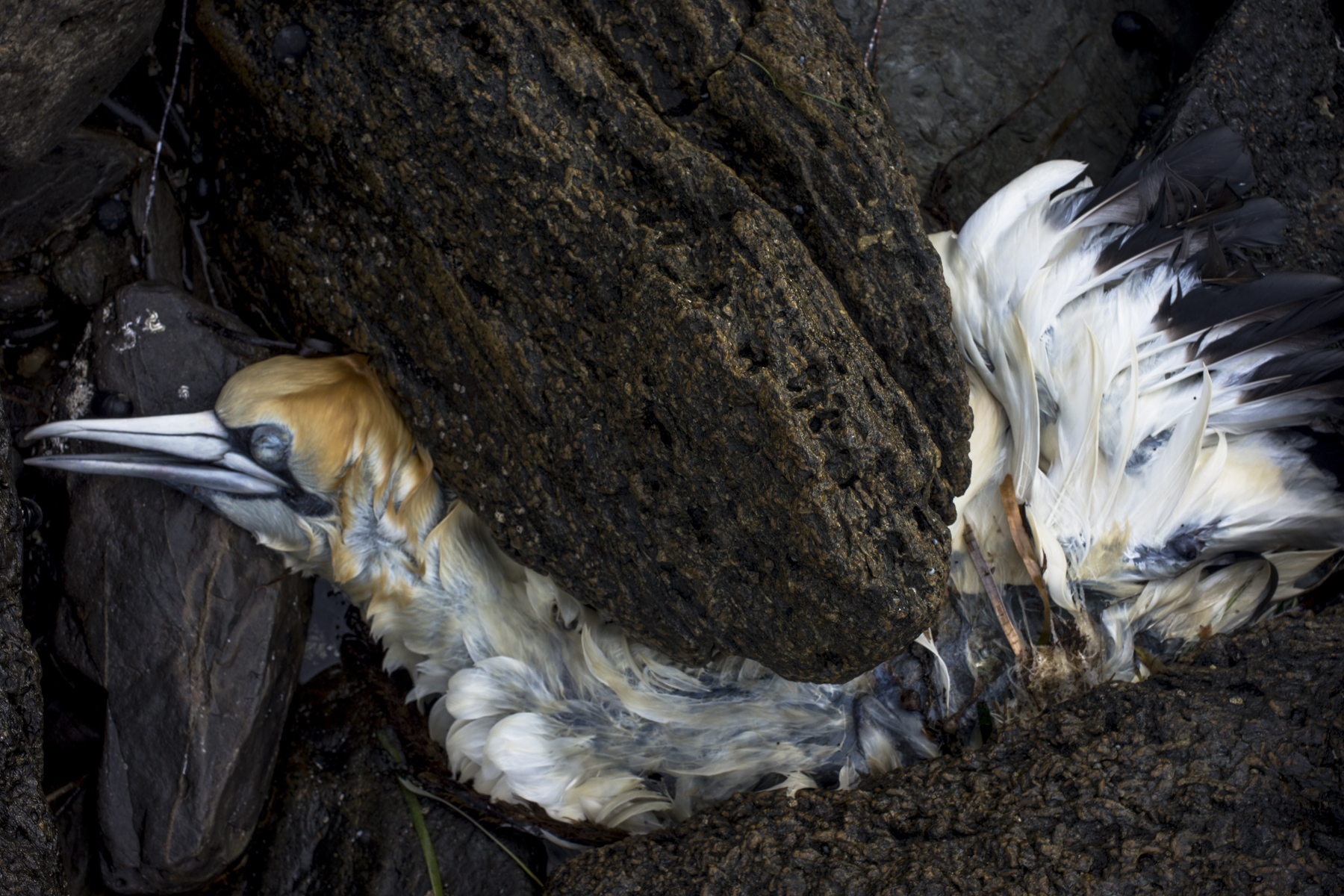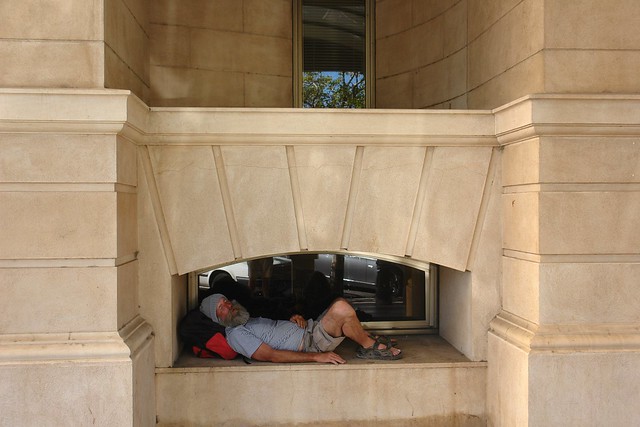Ari and I went to Henley Beach to help Gilbert Roe hang his ‘Time & Tide’ exhibition at the Swedish Tarts cafe. The images were made with a flat bed scanner and could be considered to be the digital equivalent of the 20th century photogram.
After hanging the exhibition I walked back to the car to pick up Ari, then we walked to Hendley Square to share a glass of wine, then Ari and I walked back to the car. It was just after sunset and I saw this building on Seaview Rd on the way back to the car:

A gentle south west wind was blowing and people were strolling along the esplanade and the beach enjoying the softness of the dusk.










